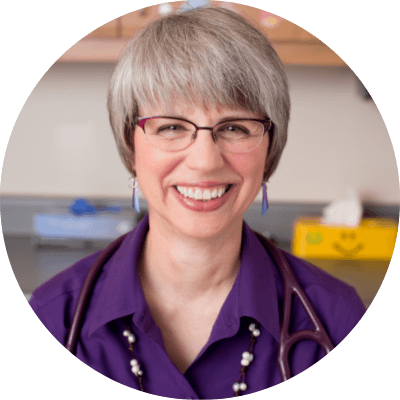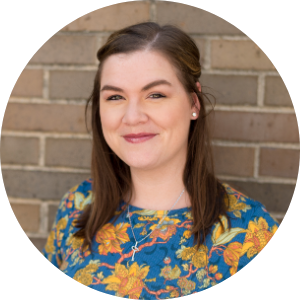THE MULTIDISCIPLINARY CARE TEAM
A multidisciplinary team takes care of the different aspects of a patient’s needs. The care team members may vary from patient to patient.
The following examples are for educational purposes only.
The care team for CHILDREN LIVING WITH SMA could include:
Te care team for CHILDREN LIVING WITH SMA could include:




The care team for ADULTS LIVING WITH SMA could include:
The care team for ADULTS LIVING WITH SMA could include:



Other care team members may include:
![]()
CHILD PSYCHOLOGIST
Child psychologists can provide counselling and guidance on a wide range of psychological and social problems that may arise, including:
- Emotional and developmental problems
- Coping with stresses related to school
- Psychological difficulties for siblings of children with spinal muscular atrophy
![]()
PAEDIATRIC ANAESTHETIST
Paediatric anaesthesiology is another important aspect in the care of children with spinal muscular atrophy who may have to undergo surgery such as tracheostomy or spinal stabilisation. They handle planning of care before, during, and after surgery, as well as delivering anaesthesia.
![]()
PAEDIATRICIAN
A paediatrician is a medical doctor who has been trained to diagnose and treat a broad range of childhood illnesses, from minor health problems to serious diseases.
![]()
NURSE SPECIALIST
A nurse specialist can be an important first-line caregiver given the risk of respiratory illness and works closely with children and families in hospitals. They can provide you with educational materials and connect you with support groups such as SMA Europe to improve your understanding of the disease.
![]()
GENETIC MEDICAL COUNSELLOR
Genetic counsellors can provide information on the consequences and genetic background of spinal muscular atrophy.
They can advise families on the likelihood of developing or transmitting the disease, suggest genetic carrier testing for the parents and other children in the family, and the available options in management and family planning.
For related information on caring for patients with SMA, click below:
The 2017 Consensus Statement for Standard of Care in Spinal Muscular Atrophy provides guidelines for managing common medical concerns in children with SMA.2
Adult-onset spinal muscular atrophy requires evaluation of needs shortly after diagnosis and annual follow-ups to ensure care remains suited to the needs of the patient.2
Care approaches in Adults
STAY UP TO DATE
Learn more about Biogen's participation to major events within Neurology.
The characters shown are real patients and the required consent to use their stories has been obtained from the patients and families. Photographs are for illustrative purposes only.
References
1. Darras BT, Royden Jones H Jr, Ryan MM, De Vivo DC, eds. Neuromuscular Disorders of Infancy, Childhood, and Adolescence: A Clinician’s Approach. 2nd Ed. London, UK: Elsevier; 2015.
2. Mercuri E,et al. Diagnosis and management of spinal muscular atrophy: Part 1: Recommendations for diagnosis, rehabilitation, orthopedic and nutritional care. Neuromuscl Disord 2018;28(2):103-115.
3. Finkel RS, et al. Diagnosis and management of spinal muscular atrophy: Part 2: Pulmonary and acute care; medications, supplements and immunizations; other organ systems; and ethics. Neuromuscul Disord 2018;28(3):197-207.






















